It is really happening, quickly!
Every day we continue to receive and process more fruit at the winery; we are thrilled to be in the midst of a bustling harvest season! The sight of the forklift buzzing around the crush pad, the smell of yeast permeating the air, and the sound of the optical sorter finding the perfect grapes help add to the excitement in Oakville. We have now reached the next stage of the harvest season; yeast adds and fermentation.
In The Vineyard
More and more vineyards have been hitting peak ripeness around Napa Valley and Sonoma County. Picks from our estate in Oakville, Kick Ranch, Stagecoach, and our first block from the historic Beckstoffer To Kalon Vineyard have been the highlights this week. Kirk is busy visiting the numerous vineyards that still have grapes hanging on the vine. After many years of honing his craft, he can tell if the clusters are ready to come off the vine just by tasting a grape. However, he still measures the brix levels (concentration of sugars within a solution) for scientific reassurance, but he is never wrong.
To measure the Brix level in the vineyard, Kirk brings a spectrometer. This is a handheld instrument with a refracting lens. Grape juice is applied to a slide, and when you hold the spectrometer up to the sunlight and look through the lens, the light coming through the juice is refracted against a visible scale inside the viewing lens showing the exact brix level.
In The Winery
During fermentation, yeast produces carbon dioxide as it eats away at the natural sugars; this carbon dioxide causes grape skins to rise to the surface, creating what is referred to as a cap. The traditional methods of cap management are pump overs and punch downs, which we discussed in the previous two harvest updates. However, B Cellars is never afraid to experiment with winemaking techniques that add complexity, rich tannins, and intense color. In 2021 we started using a technique that was widely used in Europe during the 19th century; submerged cap. In contrast to punch downs and pump overs, this method allows you to keep the cap in contact with the fermenting juice at all times. Traditionally you would leave it alone until fermentation is complete, but we love mixing traditional techniques with new world advances. As you can see, we use the pump-over method alongside a submerged cap to extract every bit of flavor from the skins and pulp.
On The Crushpad
See for yourself!





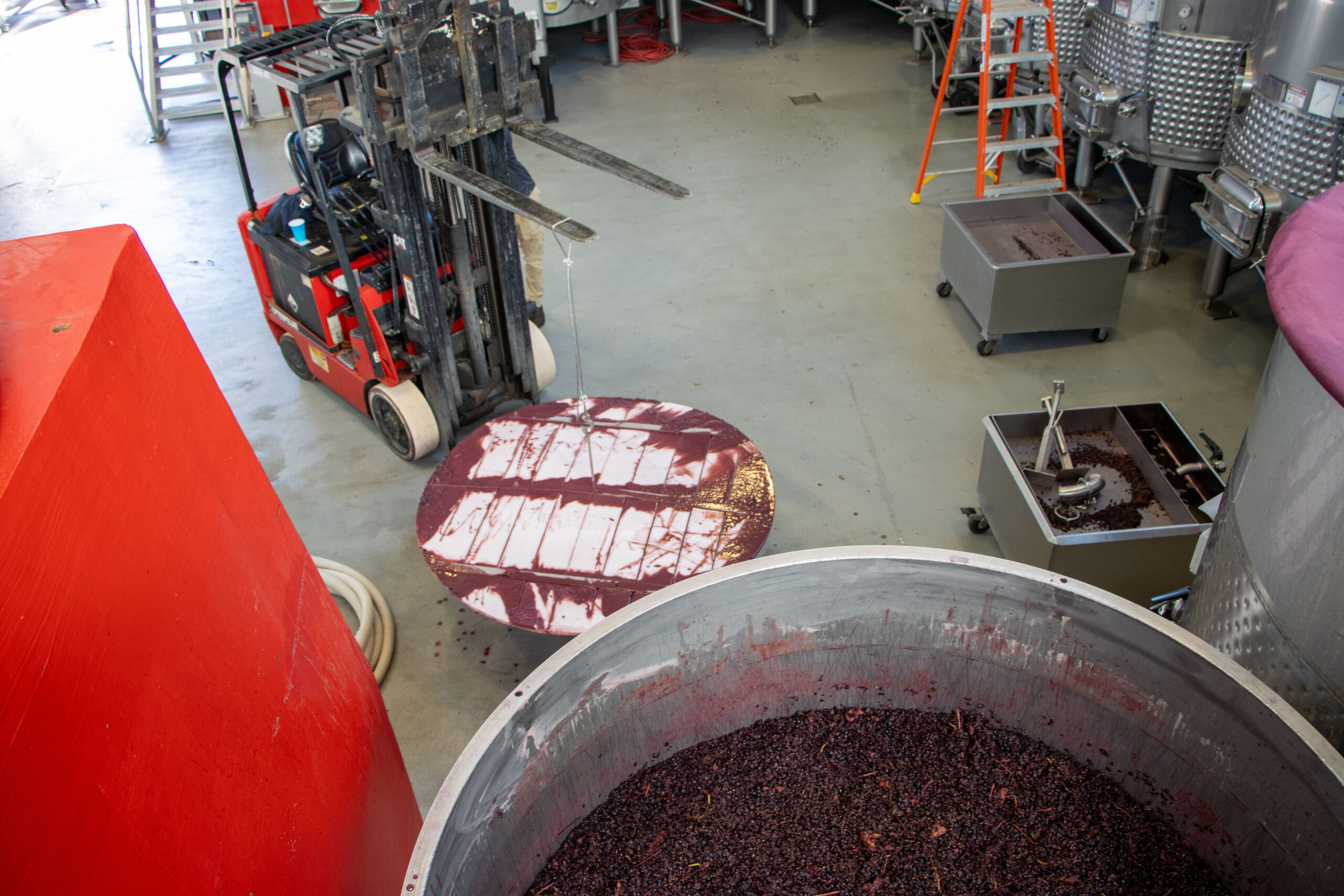



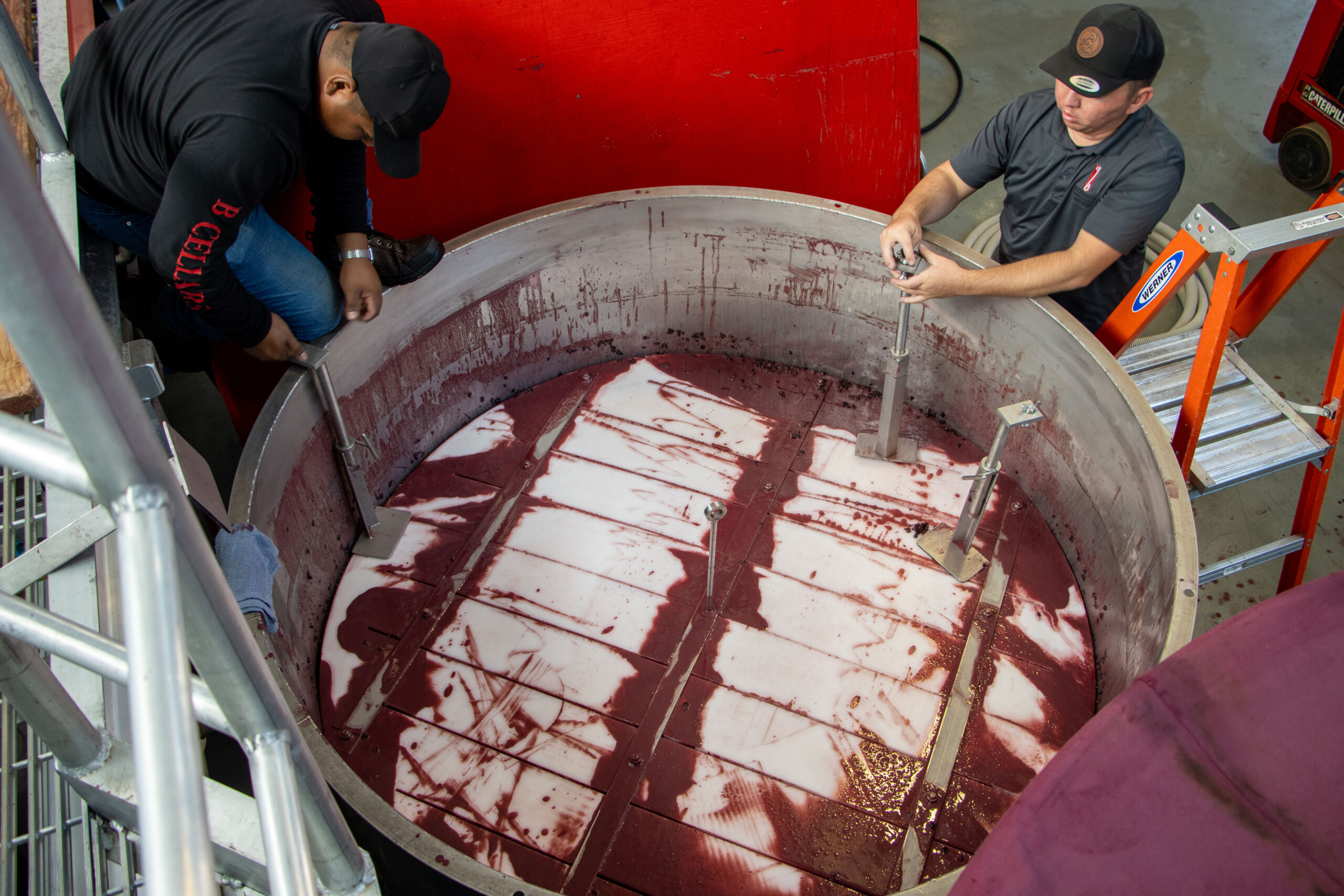





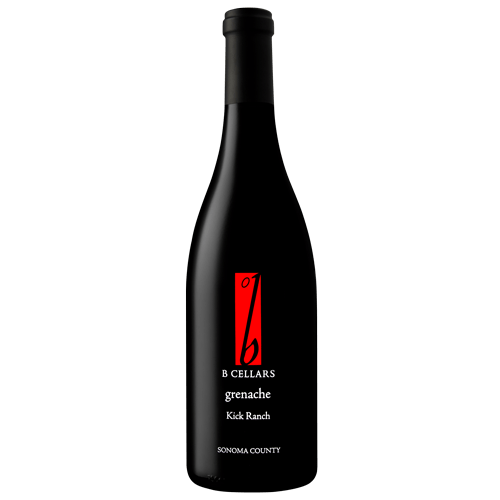


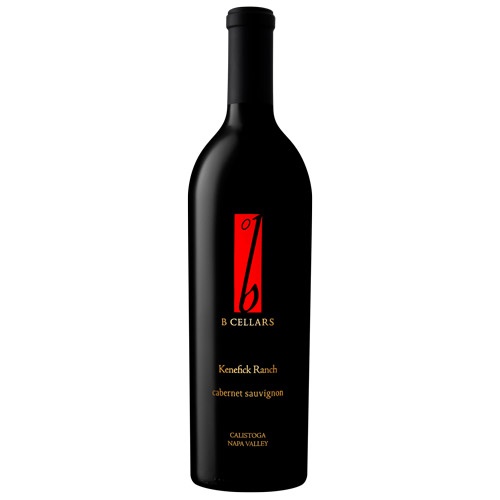


Leave A Comment